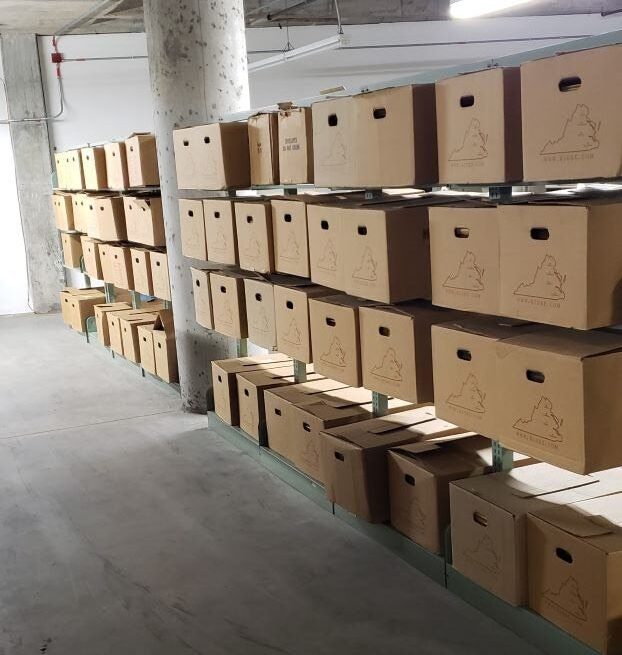Longwood given help to restore pieces of musical history
Published 5:50 am Saturday, October 5, 2024

- A look at some of the rare musical work being preserved through this project at Longwood.
|
Getting your Trinity Audio player ready...
|
It’s called the Kaminsky collection, an estimated 6,000 scores that includes sheet music used in silent films during the 20th century, as well as cue sheets and orchestra arrangements. Now thanks to some federal funding help, Longwood University’s Greenwood Library will be able to preserve these pieces of musical history.
The library received a $10,000 grant from the National Endowment for the Humanities late last month for the project. These thousands of pieces of primary literature—many of which are found only in Longwood’s collection or a handful of places globally—could aid both the Longwood community and music connoisseurs throughout the world.
Who was Kaminsky?
So when we say the Kaminsky collection, who are we talking about? That would be Jacob Kaminsky (1908-1972), a violinist and member of a string quartet. He conducted multiple orchestras in Richmond, including Richmond Concert Orchestra, Richmond Ballet Orchestra, Carillon Concert Orchestra, and Dogwood Dell operettas. He worked with the War Bond shows with Bob Hope when they came to Richmond during WWII. Kaminsky served as the music director at Richmond’s WRVA radio station, one of Virginia’s oldest radio stations and the most powerful AM station in the commonwealth.
This bit of musical history came into Longwood’s possession in 2015, when the Richmond Public Library no longer had the room to house it. Since its arrival, only a few librarians and student assistants have worked with the collection. Unfortunately, the pieces are in a delicate condition, stopping the general public from having the opportunity to research and practice the music.
“When the 72 boxes of music first got here, if you touched them, your hands turned black from the dust that had accumulated,” said Tammy Hines, Greenwood’s head of collections and information services, who applied for the grant.
Hines has been at Longwood since 1992, and has worked towards securing this NEH grant since she first applied in 2020. As is often the case with very competitive national programs, it took more than one attempt to secure funding, but her persistence paid off.
Restoring musical history
At Longwood, the NEH funding will go towards hiring a consultant from the Conservative Center for Arts and Historic Artifacts who will come to campus for several days this winter. The consultant will survey 77 boxes of material. Luckily, all but one of the boxes are in similar condition, meaning that pieces can be selected at random for the evaluation.
From there, the consultant will draft a survey report in the following months and submit the final report by August 2025.
“The consultant is going to help us determine the condition, and she’s going to help us determine the best way to make a collection survey for future conservation,” Hines said.
Hines described the positive and lasting impact this preservation will have on Longwood’s music department, especially with the new music building set to open in the spring of 2027. She shares her work with Dr. Roland Karnatz, associate professor of music, who has studied Kaminsky and is the reason Longwood came into possession of the collection. When Karnatz learned the Richmond Public Library planned on removing the pieces, he asked Greenwood librarians if they could take the scores for future students.
“It’s really interesting, if you look at these pieces because they have the handwritten notes… that’s the wonderful part about trying to preserve it,” Hines said.
Given the era of the collection, it houses an unusually high number of pieces written by women and includes work from the Americas and throughout Europe. Scores within the collection have themes of war, fads and regional stories, thereby providing cultural and historical knowledge to researchers.
Just the first step
This is only step one in making the collection accessible to the general public. The library plans to apply for an additional grant that will fund the preservation work towards making an electronic database of the scores that copyright laws will allow.





